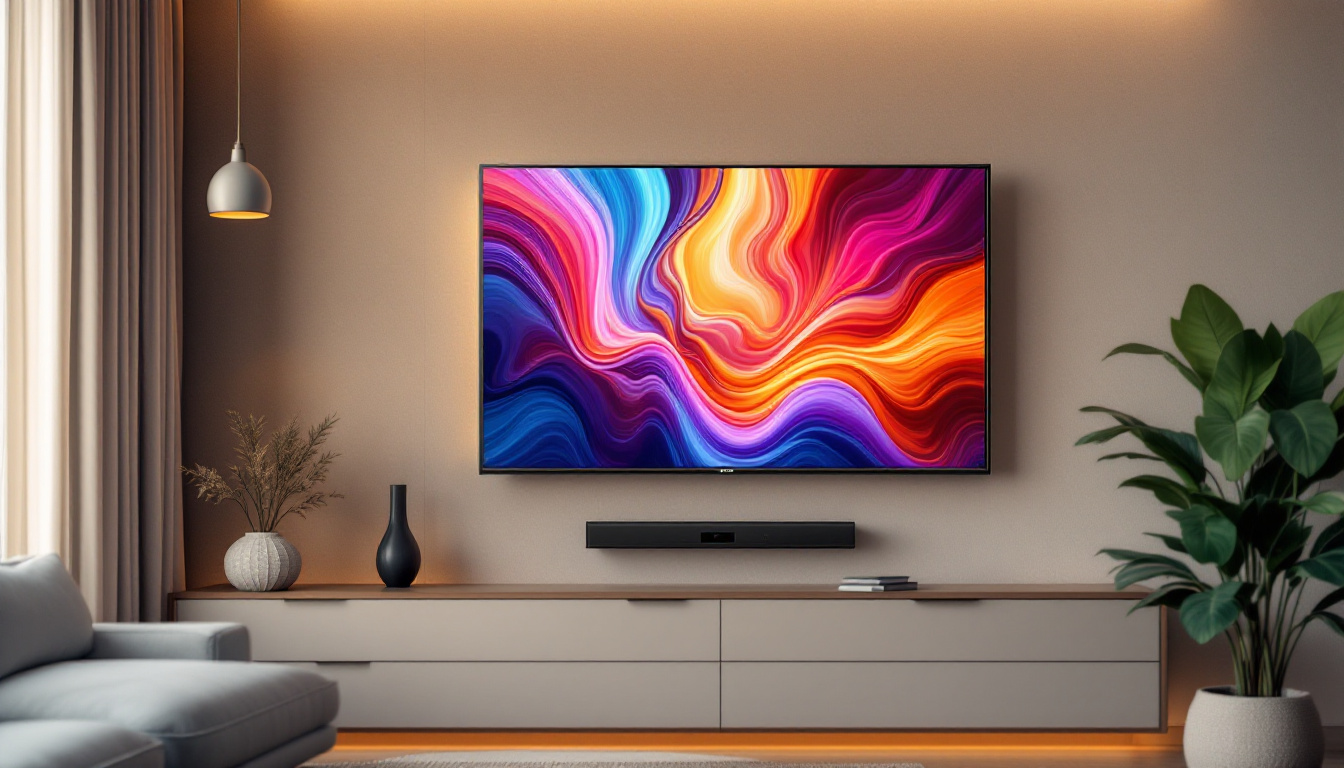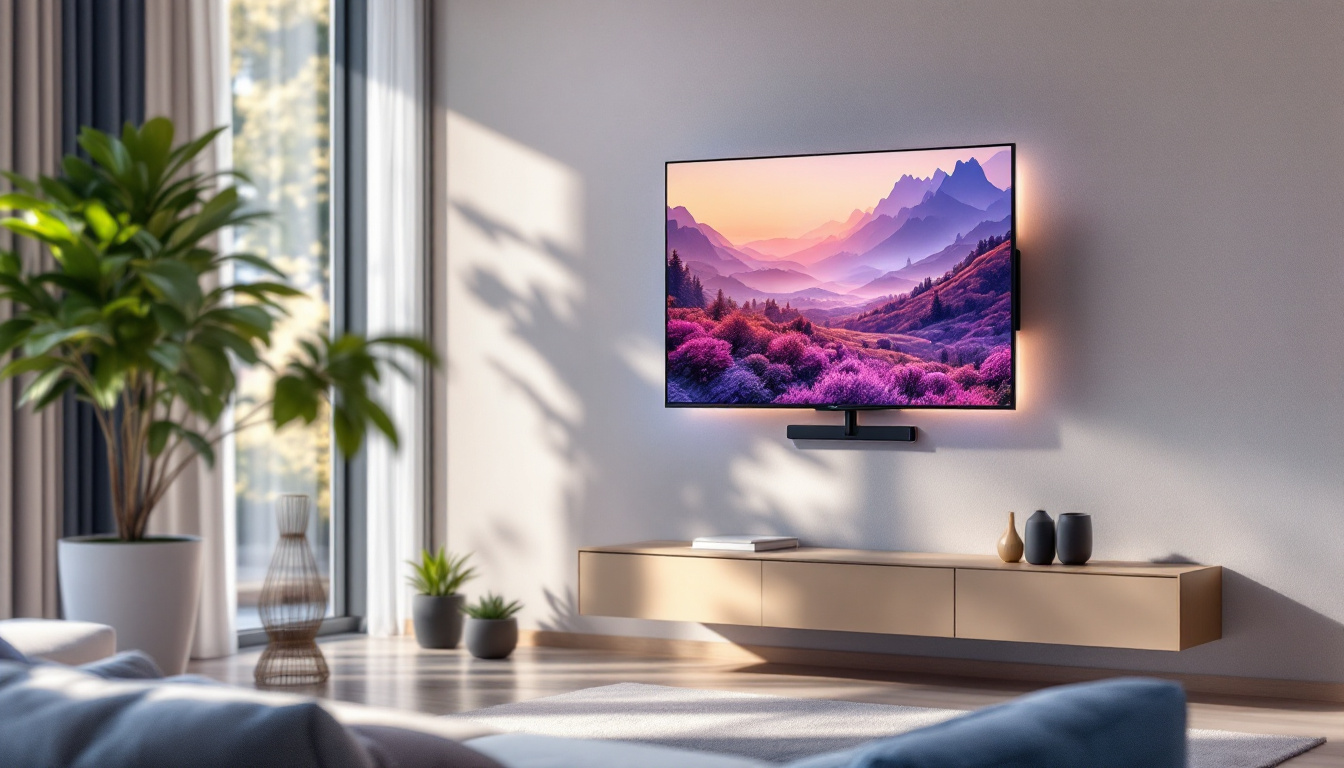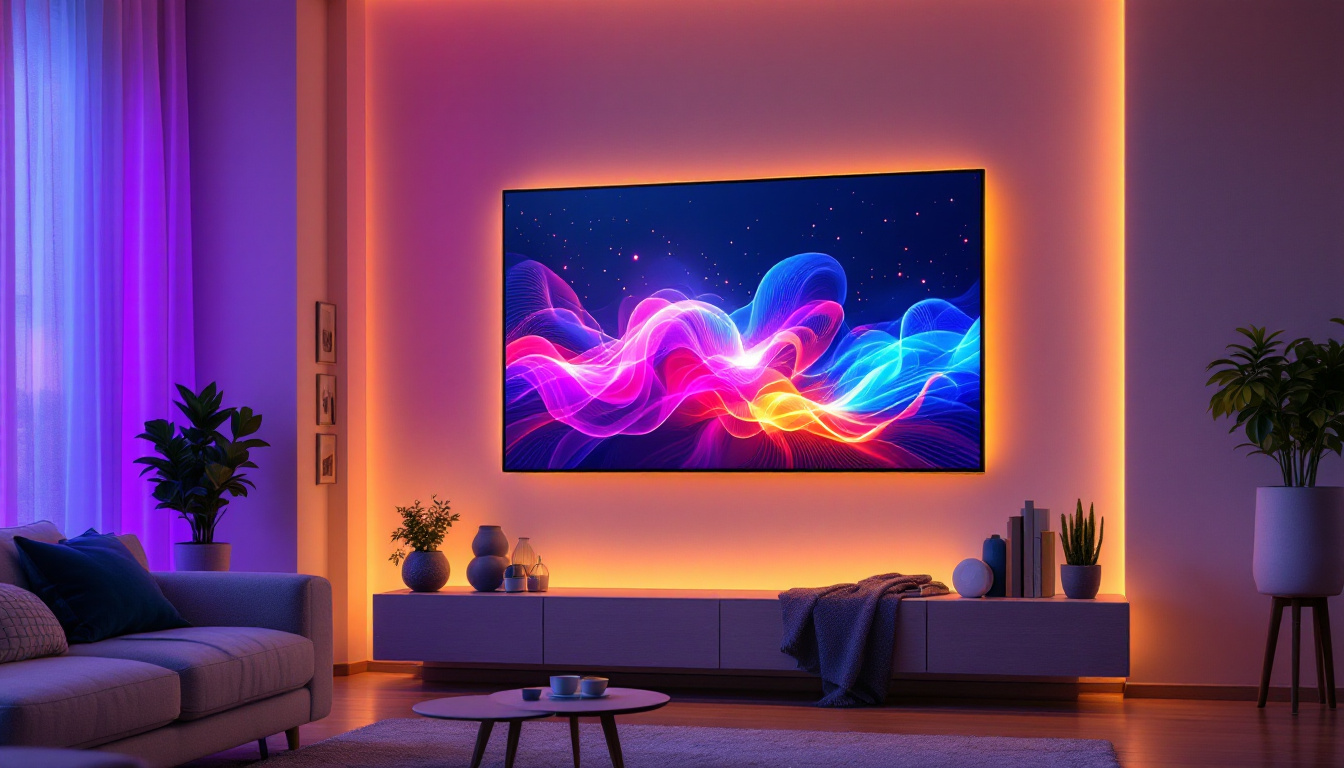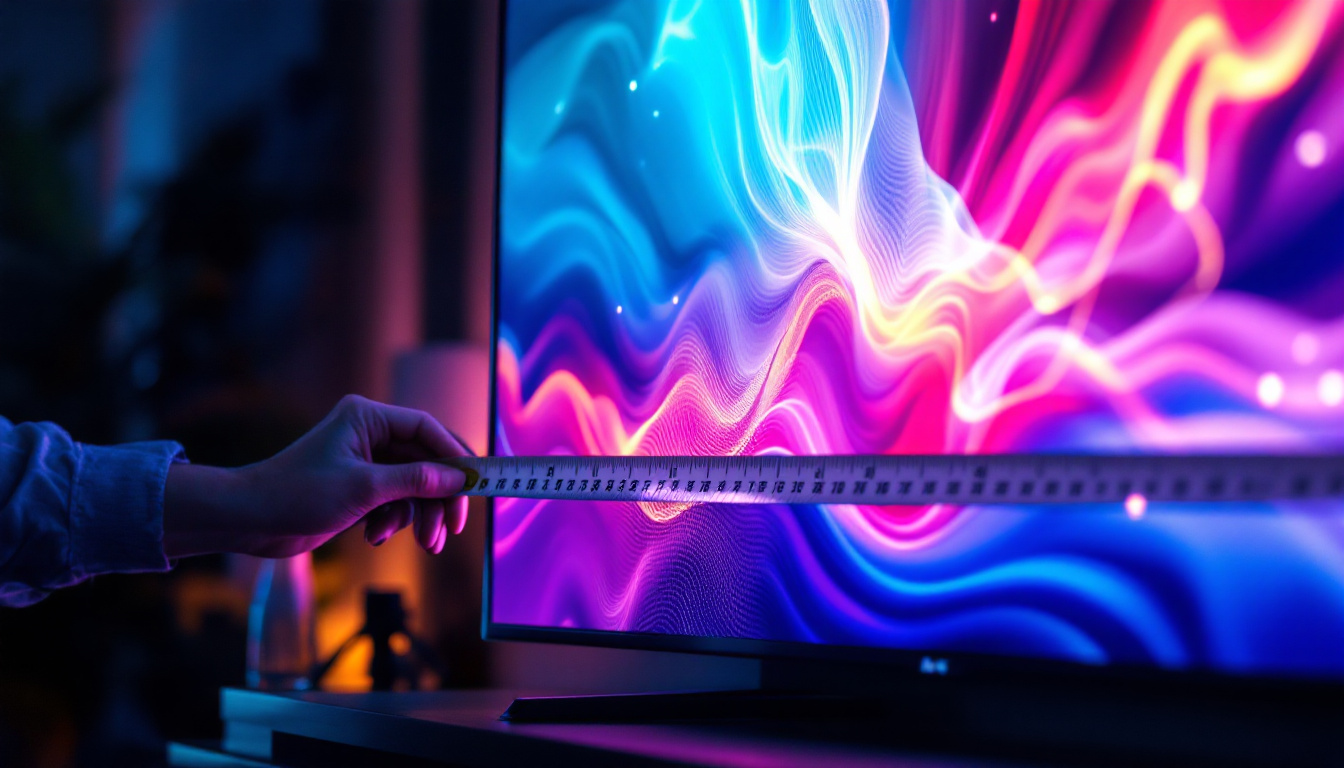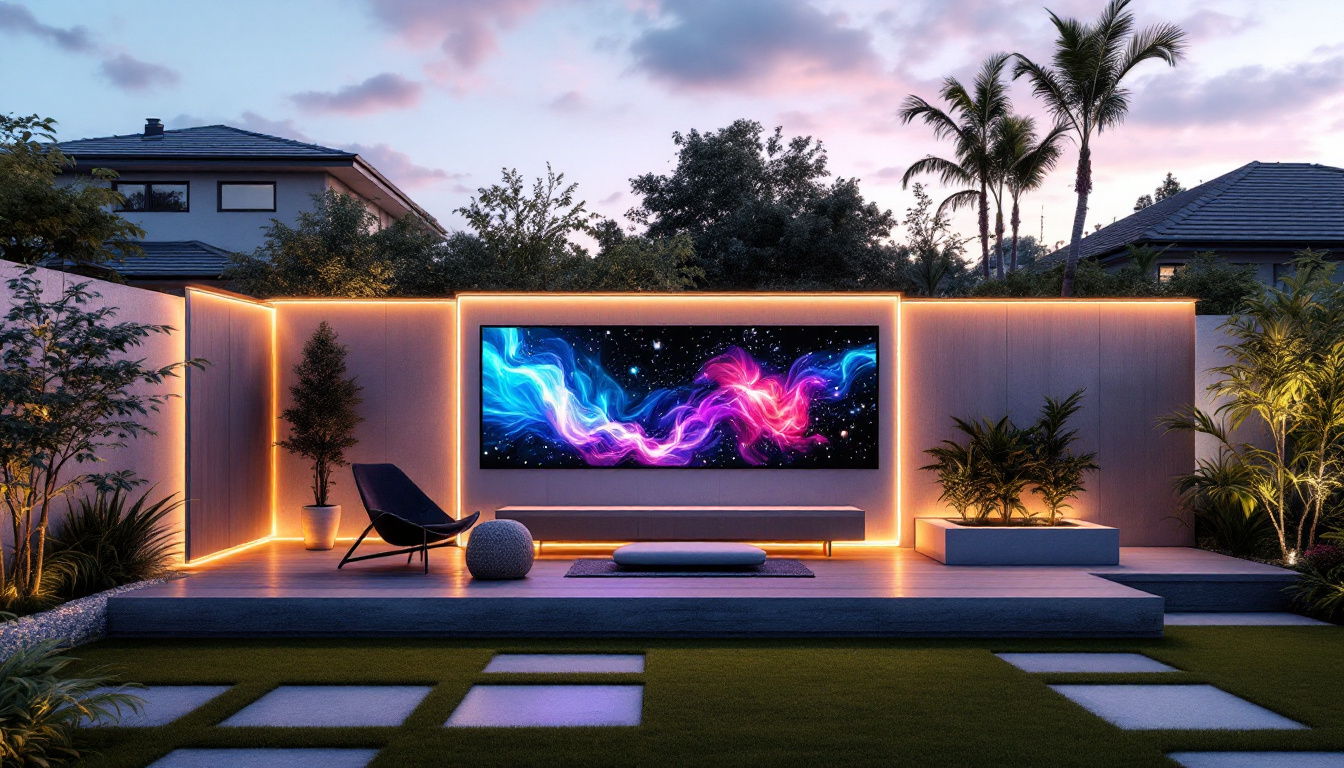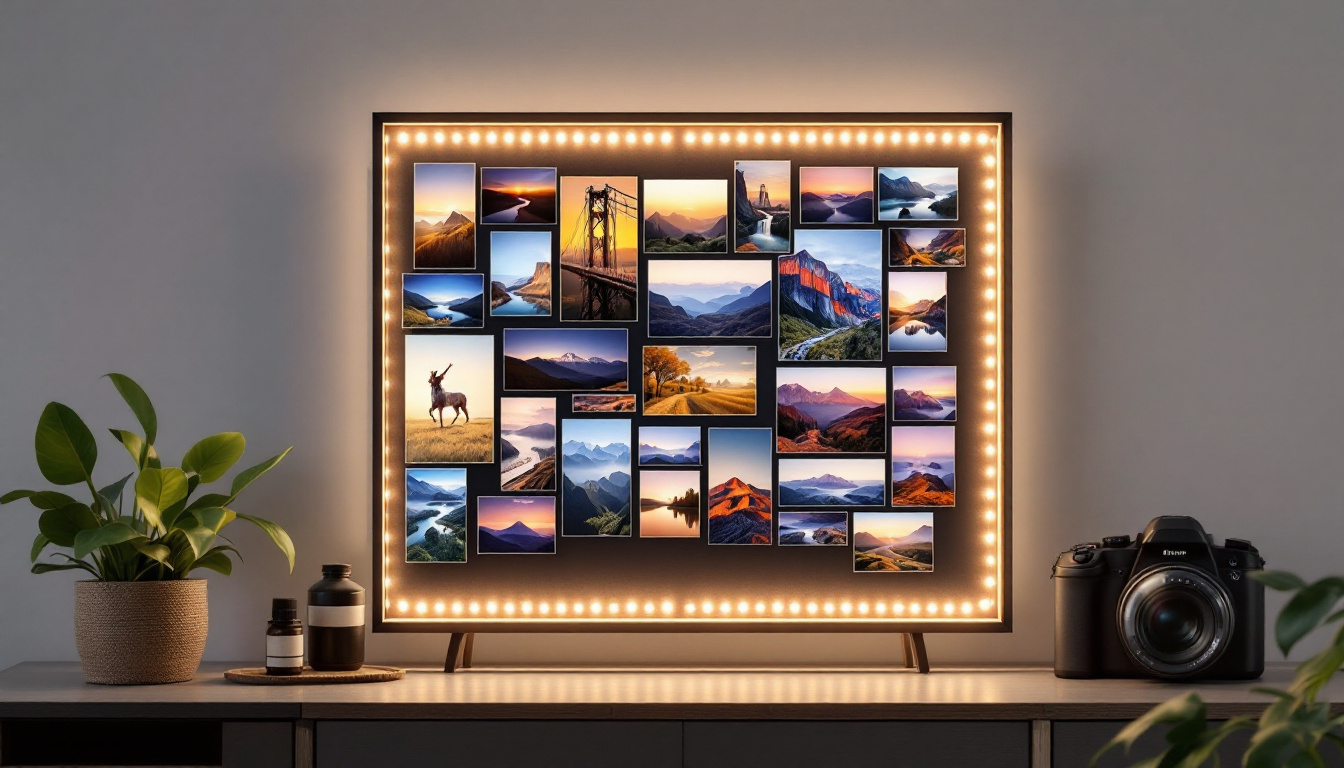In the world of modern home entertainment, the integration of technology has transformed the way we experience media. One of the most significant advancements is the LED display, which offers vibrant colors and sharp images. However, to fully enjoy these benefits, the way a TV is mounted can greatly influence the viewing experience. This article delves into the specifics of a 24 TV wall mount, exploring its features, benefits, and installation procedures, while also shedding light on LED display technology.
Understanding LED Display Technology
LED (Light Emitting Diode) technology has revolutionized the television industry, providing viewers with enhanced picture quality and energy efficiency. Unlike traditional LCD screens that use fluorescent backlighting, LED displays utilize tiny diodes to emit light, resulting in deeper blacks and brighter whites. This shift not only improves the overall visual experience but also allows for more dynamic and vibrant colors that can make any viewing experience more captivating.
Advantages of LED Displays
One of the primary advantages of LED displays is their superior contrast ratio. This means that viewers can expect more vivid colors and a more immersive viewing experience. Additionally, LED TVs are generally thinner and lighter than their predecessors, making them easier to mount on walls. The sleek design of LED displays also complements modern home aesthetics, allowing them to blend seamlessly into various interior designs, from minimalist to contemporary.
Energy efficiency is another significant benefit. LED technology consumes less power, which not only reduces electricity bills but also has a positive impact on the environment. Furthermore, LED displays tend to have longer lifespans, making them a wise investment for consumers. With advancements in technology, many LED TVs now come equipped with energy-saving modes that automatically adjust brightness based on ambient light, further enhancing their efficiency and sustainability.
Types of LED Displays
There are several types of LED displays available on the market, each catering to different needs and preferences. The most common types include:
- Edge-lit LED: These displays have LEDs positioned along the edges of the screen, allowing for a thinner design. This makes them an excellent choice for those who prioritize aesthetics and space-saving.
- Full-array LED: This type features a grid of LEDs behind the screen, providing better local dimming and contrast. This technology is particularly beneficial for watching movies in dark environments, as it enhances the depth and detail of shadows.
- OLED: Though technically not an LED display, OLED (Organic Light Emitting Diode) technology offers even better picture quality by allowing each pixel to emit its own light. This results in unparalleled color accuracy and viewing angles, making OLED displays a favorite among cinephiles and gaming enthusiasts.
In addition to these types, there are also variations like Mini-LED and MicroLED technologies that are gaining traction. Mini-LED uses smaller diodes to improve local dimming and contrast ratios even further, while MicroLED technology promises to deliver the best of both worlds with self-emissive pixels that rival OLED in quality but with enhanced brightness and longevity. These innovations continue to push the boundaries of what is possible in display technology, ensuring that consumers have access to the best viewing experiences available today.
The Importance of a Wall Mount
Mounting a TV on the wall can dramatically enhance the aesthetics of a room while also providing practical benefits. A well-chosen wall mount can free up floor space, reduce clutter, and create a more streamlined look. By elevating the television, it becomes a focal point of the room rather than just another piece of furniture, allowing for a more cohesive design that integrates seamlessly with your decor.
Types of TV Wall Mounts
When considering a wall mount for a 24 TV, it is essential to understand the different types available. The most common types include:
- Fixed Mount: This is the simplest type of mount, keeping the TV flat against the wall. It is ideal for viewers who want a clean look without the need for adjustments.
- Tilting Mount: This mount allows for some vertical adjustment, making it easier to reduce glare from windows or overhead lights.
- Full-Motion Mount: Also known as articulating mounts, these allow for the greatest flexibility, enabling the TV to be pulled away from the wall and angled in various directions.
Benefits of Using a Wall Mount
Utilizing a wall mount for a 24 TV offers numerous advantages. Firstly, it can significantly enhance the viewing experience by allowing the TV to be positioned at eye level. This reduces neck strain and creates a more comfortable environment for watching shows or movies.
Additionally, wall mounting can help protect the TV from accidental bumps or falls, especially in households with children or pets. It also minimizes the risk of damage from dust and debris that can accumulate on furniture surfaces. Furthermore, wall mounts can often accommodate cable management systems, which help to conceal unsightly wires and cords, contributing to a cleaner, more organized appearance.
Another benefit of wall mounting is the versatility it offers in terms of room layout. By freeing up floor space, you can rearrange furniture more freely, creating a more inviting and functional living area. This is particularly advantageous in smaller rooms where every inch counts. Moreover, wall-mounted TVs can be integrated into custom cabinetry or shelving, allowing for a personalized touch that reflects your style while maximizing space efficiency.
Choosing the Right 24 TV Wall Mount
When selecting a wall mount for a 24 TV, several factors should be considered to ensure compatibility and optimal performance. These include the weight of the TV, the VESA pattern, and the type of wall where the mount will be installed.
Weight Capacity
Every wall mount has a specified weight capacity, which is crucial to consider. A 24 TV typically weighs between 10 to 20 pounds, depending on the model. It is essential to choose a mount that exceeds the TV’s weight to ensure safety and stability.
VESA Compatibility
The VESA (Video Electronics Standards Association) pattern refers to the standardized mounting hole configuration on the back of the TV. Most 24 TVs will have a VESA pattern of either 100x100mm or 200x200mm. Selecting a wall mount with the appropriate VESA compatibility is vital for a secure fit.
Wall Type Considerations
Different wall types require different mounting techniques. For instance, drywall may need additional support, such as wall anchors or studs, to ensure the mount is secure. Conversely, concrete walls may require specialized anchors. Assessing the wall type before installation is crucial for a successful setup.
Installation Process for a 24 TV Wall Mount
Installing a wall mount for a 24 TV can be a straightforward process if done correctly. Here’s a step-by-step guide to help navigate the installation.
Gathering Tools and Materials
Before starting the installation, gather all necessary tools and materials. Commonly required items include a stud finder, level, drill, screwdriver, and the wall mount kit. Having everything on hand will streamline the process and prevent interruptions.
Finding the Right Location
Choosing the right location for the TV is essential. Consider factors such as viewing distance, glare from windows, and the height at which the TV will be mounted. Ideally, the center of the screen should be at eye level when seated.
Mounting the Bracket
Once the location is determined, use the stud finder to locate wall studs for secure mounting. Mark the spots where the mount will be attached, ensuring they align with the VESA pattern on the back of the TV. Drill pilot holes, then attach the wall mount bracket using screws, ensuring it is level before tightening.
Attaching the TV
With the bracket securely mounted, it’s time to attach the TV. This typically involves securing the mounting arms to the back of the TV. Carefully lift the TV and hang it on the wall mount, ensuring it clicks into place. Double-check that everything is secure before stepping back to admire the setup.
Maintaining Your Wall-Mounted TV
Once the TV is mounted, regular maintenance is essential to ensure optimal performance and longevity. Here are some tips for maintaining a wall-mounted 24 TV.
Cleaning the Screen
Keeping the screen clean is vital for picture quality. Use a microfiber cloth and a gentle screen cleaner to avoid scratches. Avoid using paper towels or harsh chemicals that could damage the screen.
Checking Connections
Periodically, check all connections, including power and HDMI cables. Ensure they are secure and free from damage. Loose connections can lead to poor performance or signal issues.
Adjusting the Viewing Angle
If using a tilting or full-motion mount, adjustments may be necessary over time. Ensure the TV is angled correctly to minimize glare and provide the best viewing experience. Regularly check the mount for any signs of wear or looseness.
Conclusion
Investing in a 24 TV wall mount not only enhances the aesthetic appeal of a room but also improves the overall viewing experience. Understanding LED display technology and the various types of wall mounts available is crucial in making an informed decision. With proper installation and maintenance, a wall-mounted TV can provide enjoyment for years to come. By following the guidelines outlined in this article, consumers can confidently navigate the world of TV wall mounts and LED displays, ensuring a seamless integration into their home entertainment systems.
Explore Cutting-Edge LED Display Solutions with LumenMatrix
Ready to elevate your viewing experience with the latest in LED technology? Look no further than LumenMatrix, a pioneer in crafting visually stunning LED displays that bring your content to life. From the comfort of your home to the excitement of outdoor events, our diverse range of products, including Indoor and Outdoor LED Wall Displays, Vehicle LED Displays, and innovative solutions like LED Sports and Floor Displays, are designed to meet your every need. Embrace the future of visual communication with LumenMatrix and transform how you share your message. Check out LumenMatrix LED Display Solutions today and join the revolution in display technology.

